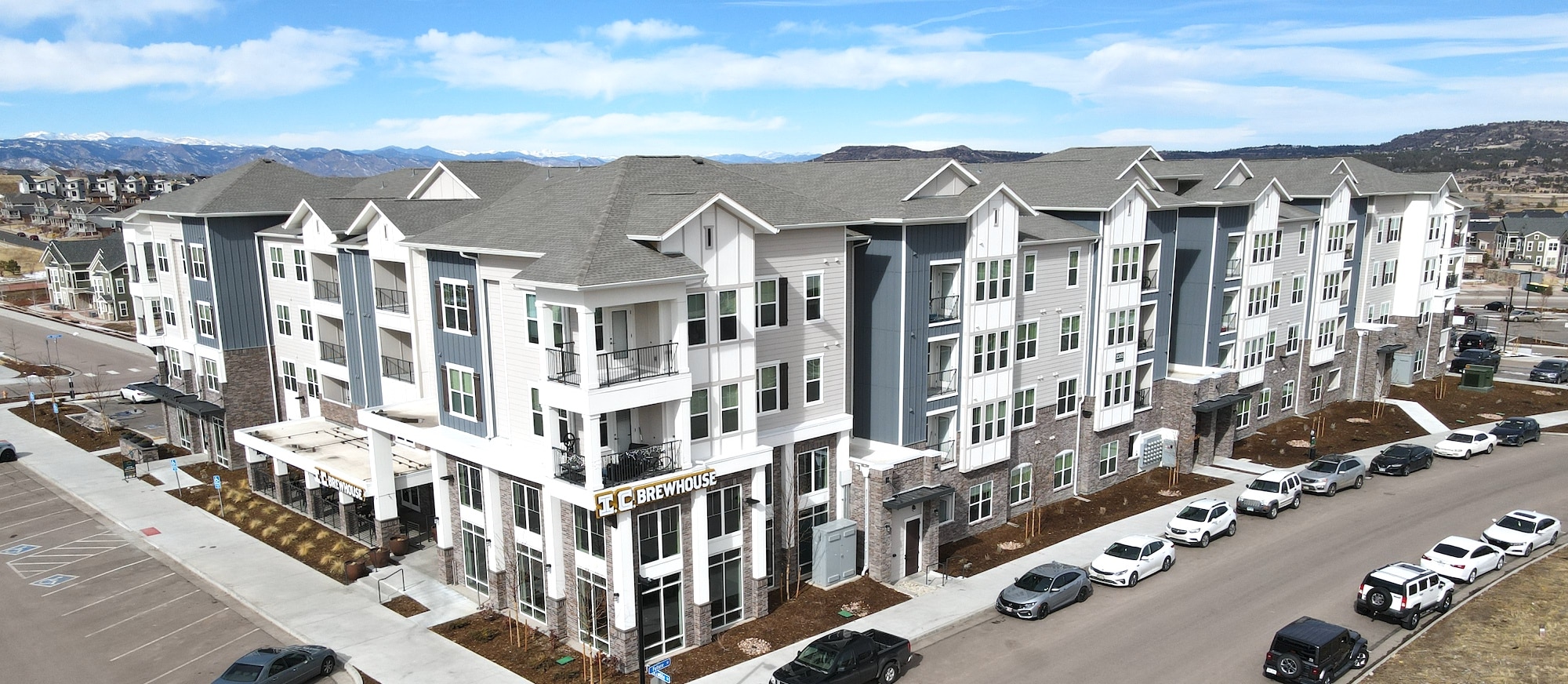Best Time to Replace Roof
While your home’s roofing system is meant to last for decades, there’s a good chance that you’ll have to plan at least one roof replacement in your lifetime. Of course, the planning part is a bit more complicated than simply calling up your local roofing company and scheduling the next available date.
If you think that your roof is in need of care, figuring out the best time to replace roof in a given year means taking into consideration the following critical factors:
- Weather conditions
- Cost
- Contractor availability
These things are also directly related to the season, which we’ll explain below.
Table of Contents
The Best Time to Replace Roof By the Season
The average roof replacement can take between one and 10 days, depending on the materials being used. Asphalt shingles, being the most popular roofing material, usually only take a day or two to install over an average-sized home of 3,000 square feet or less.
Of course, several factors will determine how long an individual roof replacement will take, such as:
- The complexity of your roof
- The accessibility of your roof
- The roofing materials you choose
- The weather on the day (or days) of your roof replacement
- The time of year you’re having the roof replaced
Understanding the best time to replace roof also requires knowledge of roofing contractors’ busy and slow seasons. Depending on your location, certain seasons may be more or less in demand as they depend on the outdoor temperature and weather conditions.
Having said that, autumn is arguably the best time to replace roof due to the mild weather. However, in the case of missing shingles, exposed light, damaged flashing, or leaks, you may not be able to wait until autumn comes around.
So, let’s explore what each season has to offer when it comes to roof installation:
🍁 Fall
As mentioned above, fall (September through November) is the best time to replace roof. This is because a fall roof replacement offers ideal conditions, such as:
- Cooler temperatures that range between 45 and 85 degrees
- More consistent and predictable weather
- More daylight hours
Fall allows for more productivity due to the consistent weather and daylight hours. Plus, the average temperatures are ideal for allowing new shingles the time they need to effectively seal before the snowy months arrive.
There’s only one downside to planning your roof replacement during these months:
- Appointment slots may be limited or completely booked up
- Prices may be higher due to demand
If you’re looking to have your roof replaced in the fall, it’s best to schedule the project months in advance to lock in your installation date.
❄️ Winter

Winter is typically the slowest season for roofing companies. Some even close up shop from December to February due to extreme cold, snow, and ice. However, it’s still possible to schedule a roof replacement during the winter months if the weather conditions permit.
The greatest upside to a winter roof replacement is that your roofer is guaranteed to have availability. However, they’ll only install a new roof if:
- The temperature remains above 40 degrees, as asphalt shingles require heat and sunlight to adhere and seal properly
- The weather forecast doesn’t call for snow, sleet, or freezing rain, as these elements can weaken brand-new roofing materials
New roof installations in the winter will also take longer due to the following:
- The installation process will take longer because the roofers will likely need to take more breaks due to the cold
- Roofers may need to use hand-sealing techniques to ensure that shingles adhere properly, adding to labor costs
- Materials are more difficult to work with in cold temperatures
- Shorter days mean reduced productivity
If winter is the only option, consult your roofer about how to navigate the challenges and determine the best time to replace roof within the season.
🌷 Spring
The spring season — March through May — is regarded as the second best time to replace roof.
This is because springtime offers:
- Less humidity
- More open slots for appointments
- Plenty of sunlight and warmth for shingles to adhere and seal properly
However, springtime can bring stretches of rain, which may delay your roof replacement. These conditions can also risk moisture damage to the materials if not handled carefully. Still, spring is a solid choice when planning the best time to replace roof.

☀️ Summer
June, July, and August provide longer and sunnier days as well as:
- Excessive heat and humidity
- Thunder and lightning storms
- Regular rainstorms and sun showers
During summer, your roof can be up to 20 degrees hotter than the ground temperature. Therefore, roofers may need to take more breaks to avoid heat exhaustion.
Asphalt shingles are also not ideal for extreme heat, as it can weaken or even melt them.
However, summertime roof installations can still be successful if you schedule your project at the beginning of the season. June is often the best time to replace roof in the summer because:
- The real heat and humidity haven’t set in yet
- Rainfall is minimal
- Longer days allow roofers to work efficiently
Due to its popularity, you’ll need to book early if you plan your roof replacement for June.

Ready to Schedule Your Roof Replacement?
Scheduling a roof replacement is easier than you may think, as long as you plan it in advance. If you’re unsure where to start, the best thing you can do is find a reliable and trustworthy roofing company in your area and schedule an inspection.
During this time, you’ll be able to discuss your needs and concerns with your roofer, as well as determine the best time to replace roof for your specific circumstances.
When you’re ready, call the roofing professionals at Tectum Roofing. We’ll provide you with an accurate and fair estimate as well as guide you through the entire process. Let us help you find the best time to replace roof and ensure a stress-free experience!onals at Tectum Roofing. We’ll provide you with an accurate and fair estimate as well as guide you through the entire process!


